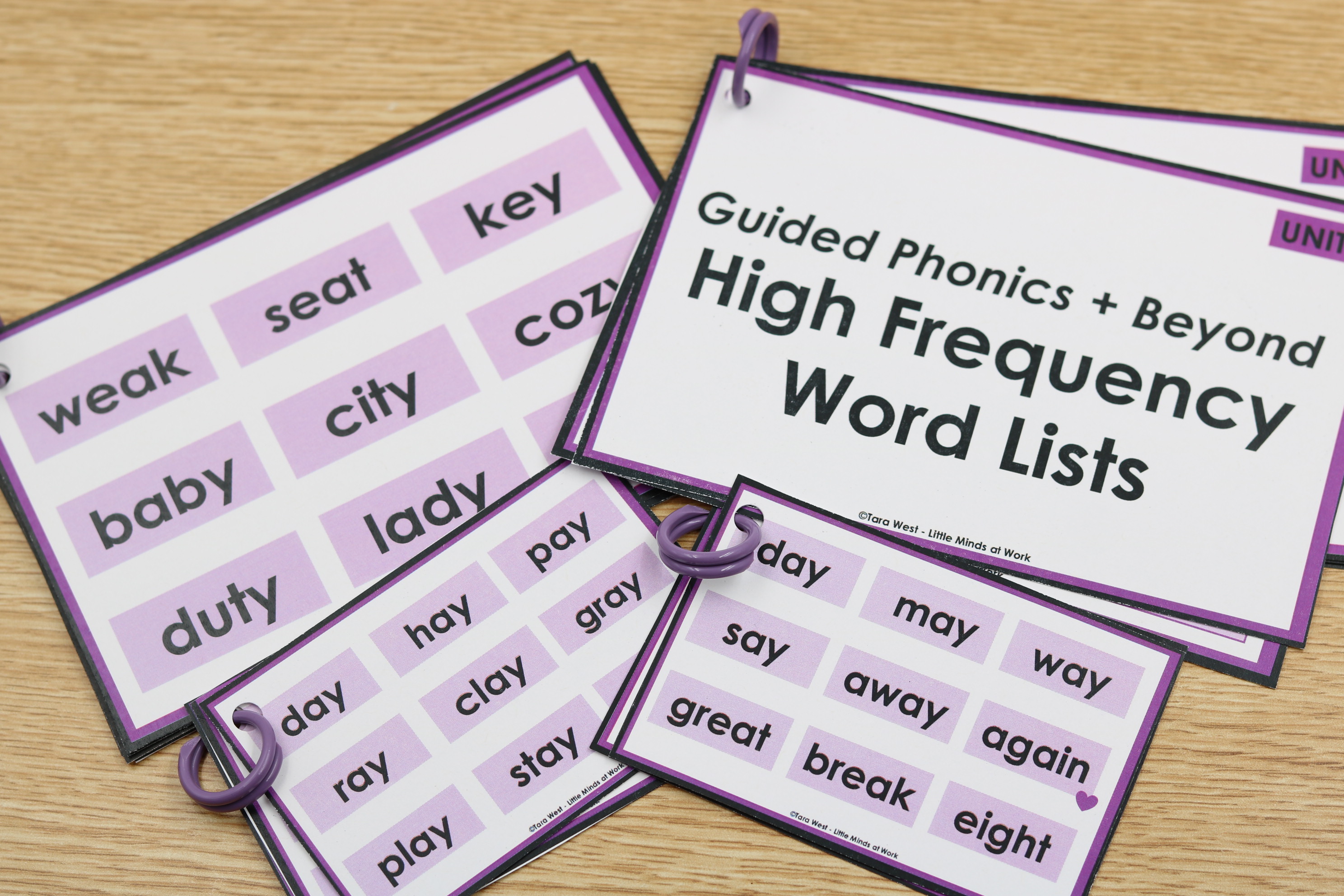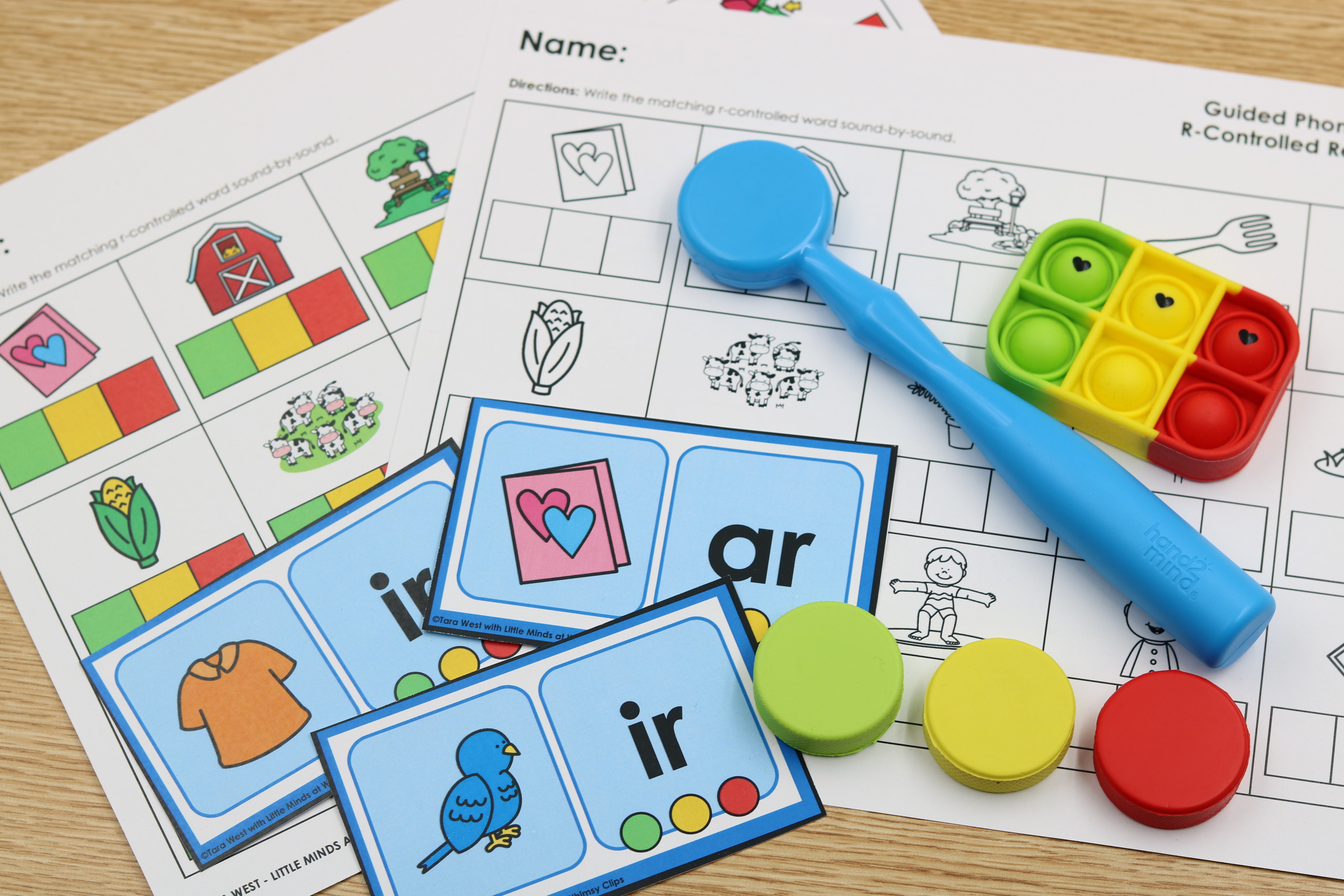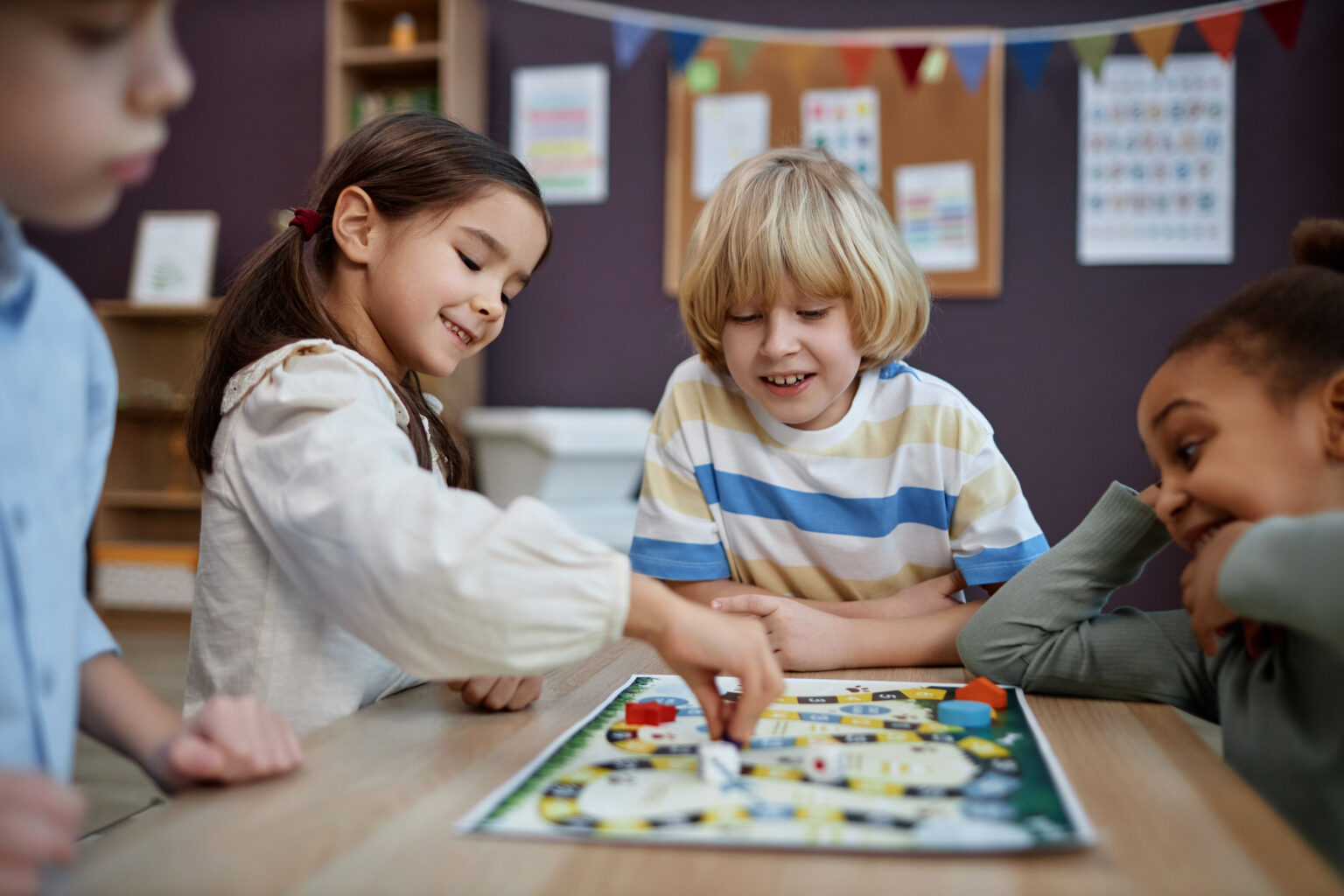Hello, passionate educators and literacy leaders! As you know, phonics instruction is...
I have to tell you that I like to tell stories…so let me take you back to September. “So, this year we will be learning all about close reading!” First thought…you mean like get up close to the kids? Trust me…I am close enough! I quickly learned that this is NOT what they meant! Yet, I would instead look closely at books alongside my kids. We would look at ONE book ALL week. Hmmmm, I thought…well it does make sense to read it more than once, rather then just reading it because my manual says to and putting it right back on the shelf once we were done!
Just like with anything else new…sometimes we start off a little shaky, but then little by little you get comfortable..and in the teacher world- – become an expert! I know I am maybe a little different in that I LOVE TO THINK ABOUT SCHOOL ALL THE TIME! I know it’s a little strange, but it’s just me! Sure, I spend time with my family and watch some TV, but school is always on my mind. What can I do for this? I wonder how this would work? I think I could make something to help with this! Unfortunately, my K team gets about 2-3 emails a day..literally! 🙂
So how in the world does all of this rambling have to do with YOU learning about close reads? Well … because of my obsession for school I lovingly have put a ton of hours into creating meaningful, easy-to-use, K friendly, super-awesome close read plans! When I was first getting my feet wet in close reads I realized there was nothing..well at least that I found out there for Kindergarten! My sweet babes were not ready to read their own passages…so I quickly got on it creating lesson plans linked to our favorite read alouds!
This post will give you an overview of how my lessons are set up and the routine we follow each week! Also, how I added writing activities to go along with the close reads {still a work in progress}. I will also provide you with a draft year long curriculum map showing close reads and writing!
I share this picture in all of my close read packets, but if you haven’t seen it before it pretty much sum it up as what close reading is!
Below I will share our day to day close read routines. Remember that we “got and heavy” with close reads a little later this year. Next, year our routines will start off a little different and evolve into something even greater! So let’s get to it…
Monday is all about getting PUMPED up for our week’s close read! I will actually “leak” the following week’s close read the Friday before so they have an idea before Monday. This past week’s book was one of my favorites, Mr. Peabody’s Apples by Madonna!
Our reader’s workshop is at the beginning of the day directly after calendar & restroom! When we return from the restroom and meet at the carpet I have the students decode and read the week’s essential question. This week was a little tricky, but they got it. I don’t really talk a lot about it at this point…I really just want them to know of it!
We then go to our schema “bubble chart.” This is a fun way I like to get the kids thinking about our theme/moral for the week. This is not me feeding information about the book- -just the kids sharing ideas! I have the kids turn and talk about the topic. We then share out information and fill up about half of our bubble sheet {we will come back to it after the book}. Before I start to read I state our purpose for reading today, “Today our purpose for reading is to listen and enjoy our book. We will be sharing with our partners any information we should add to our bubble chart so be sure to listen for those pieces of information.”
After the cold read the students will turn and talk again. We then repeat the process with adding information to our bubble chart. I always then walk the bubble chart over to the whiteboard and place it near our essential question. At the end of day one I like to restate the essential question and see if the kids are grasping the concept yet. I never like to force my “teacher talk” on day one…you know “Well I think this book is trying to teach us that we should never say unkind things about people.” We are so good at our “teacher talk” so it takes a lot to just let them form their own opinions for the book!
Day two always starts out with the students restating the week’s essential question. Our main focus for day two is VOCAB! I will go ahead and state our purpose for reading, “Today our purpose for reading is to listen for unknown or tricky words. Please raise your hand if you hear a word that you are unsure of. I will also have some words that we will stop and discuss {vocab chart}.”
As we read students will raise their hands to ask about words, yes this took some teaching…”You know what the word dog is so please only raise your hand for unknown words” 😉 After the second read we will go over our vocabulary chart again and make actions for all of our words! Our actions are quick and easy. For this week they were; dedicated- two hands together by heart, admire- gazing up to the stars as you look up to someone, confused- hands up and a look of confusion across our faces, rumor- hand pulling words out of our mouth and walking away to to tell others, judge- pointing at others with unkind faces.
Before we wrap up on day two I will have students discuss their ideas for the essential question. By the end of two day most students have a very close idea for the question!
If I would have to choose a favorite day for the close read week day three is my FAVORITE! I love seeing the kids turn and talk to answer the text-dependent questions. I get so tickled to hear them reference “evidence from the book” and “the author said.” As the kids share out their answer {after our turn and talk} I will make a big deal about a student “getting really deep” in their answer! Day three is the day I feel will evolve so much next year. I have faith that if you start the year out explaining these concepts they will have it down by spring! There is just so much that goes into a turn/talk, sharing out, feeling comfortable with your partner, and the language expected when sharing with a partner.
{explicit day three text-dependent questions are included in my packets}
Day four starts with sharing our ideas for the essential question I then explain the goal for today’s collaborative groups! We talk a lot about the question itself and the expectations of groups. After the groups have been dismissed I circulate the room and check in with groups. I noticed that they have GREAT ideas with my teacher leads, but they don’t always feel confident in sharing out without me there leading the group discussion. This is something we have worked on and it has greatly improved! I have to remember they are five and six and devising a plan on how to save the world with other five and six year olds may not always be the easiest task! 😉
Day five is all about wrapping up the close read! We do our final talk..and then it’s time for the week’s cumulative activity which usually consists of a writing! After our writings I will ask the students what they thought of that week’s close read and get them all excited for next week’s close read. Honest as all get out…I ask them every week if they enjoyed reading the book all week and they always shout, YES! Which is something I really doubted when first getting started in close reads!
So what exactly is included in my close read packets? You get five days of lesson plans for each close read! They are so explicit that you could easily leave this for your sub and they will be able to follow along! You can download the FREEBIE fiction and nonfiction close reads below to see exactly what each week’s lessons look like!
Download these FREEBIE close reads! {click on the images!}
There isn’t really much to prepare for close reads! Print the lesson plans, gather your book, make your schema bubble chart & vocabulary chart, and print out the cumulative writing task! THAT IS IT! Not bad at all 🙂 My plan this summer is to start a close read binder. I will have all of my close read lesson plans printed out, placed in sheet protectors, and any other additional material that goes along with the close read included, such a writing and/or content!
After an excited response on my Facebook I made a year-long curriculum map of my close reads for next year. Again, these are just the ones I chose for my classroom…so many to choose from it was difficult! I also included the book lists! Along with the close reads I added writing topics of study for each week. I’ve mentioned before that I am hoping to add a supplemental writing unit for my close reads! Be on the look out for that! If you are interested in downloading the curriculum map click below!
I have placed my curriculum map along with all my close reads into sheet protectors! They are now in order as I will teach them for the year! This will be extra helpful as the new school year rolls around. Each will I will just grab the plans and go. For the nonfiction weeks I have also already printed the vocabulary cards. This school year I will laminate those so I can reuse them the next year as well!
I have made these close read binder covers and you can grab them for free by clicking below to download!
Also, if you are interested in learning even more about close reading…Lyndsey Kuster and I will be hosting a summer book study on close reading! You can view more about that by clicking below!
If you are ready to get your close read on you can view this bundle below! It is currently 45 weeks if close reads, but will soon be maxing out 50 weeks! {I will be posting this update by end of the day May 4th}.
Have a great week!




